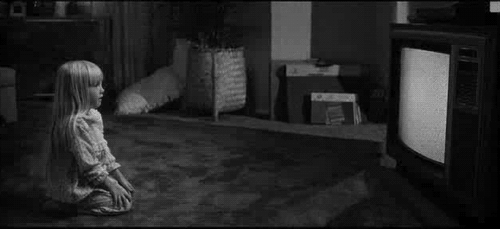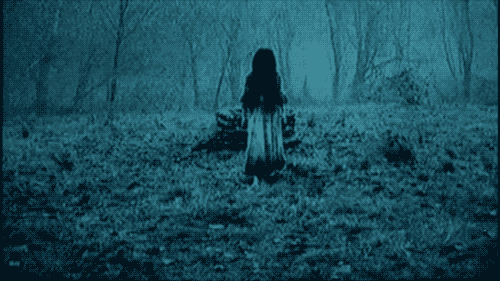Derek Ramsey is not a good actor. But he managed to be present in Star Cinema’s three latest movies that marked departures from its tiresome formulas: the first was One More Chance (2008) which showed the production giant’s care for feminist politics since Sana Maulit Muli (not to mention a more realistic approach in handling modern relationships); then there was the Temptation Island-wannabe No Other Woman (2011), a film that introduced adulterous sexual themes to their mainstream but new lows for anything in Philippine cinema; and lastly, this year’s much talked-about horror Corazon: Ang Unang Aswang (2012). Like One More Chance, Corazon’s fullpotential gets tangled up in the Star Cinema-ness of the production. But it is a departure nonetheless.
The plot was rather simple: Corazon (Erich Gonzales, in a convincingly campy performance), a barrio lass married to Daniel (Ramsey), lives in a post-war hacienda plagued by the Japanese soldiers, then a greedy landlord (Mark Gil) and finally a monstrously anguished female (guess who?). The root of the last one is Corazon’s own failure of delivering a son for Daniel. She becomes crazy and starts eating the children of their hacienda only to be chased away by the townsfolk. All is well.
Aesthetically, the film is a triumph in milieu. The setting perfectly captured my lola’s stories about the rurals fresh from the Japanese Occupation. But what I noticed prominently in the film is the clash between the styles of director Richard Somes (an indie favorite who made Yanggaw, also a horror film set in the province) and his Star Cinema collaborators that affected the rest of the film. For the example, Somes did surreal fast editing in scenes like Corazon’s demise. But it just looked awkward in the middle of teleserye-style technicals. This conflict affected the narrative too. Star Cinema’s love ideals always seem to interrupt the horror film’s plot. I thought it was abundant with romance cliches that it lacked subtlety as a horror film. Somes’ direction seemed upstaged by the dominant Star Cinema style. You can imagine the producers nagging at the director’s ear during both principal photography and post-production.
I guess Star Cinema was very hungry for a different kind of horror that they just squeezed the ideas of Richard Somes to help them conceive a turning point for the studio. Like last year’s Segunda Mano, the film proves (and even spells out before the credits) that a monster is not born but created. The “halimaw” image is all in the mind and Corazon, the “aswang” shows that the transformation of the woman to flesh-eating lunatic is due to her own anguish. This “anguish” is the result of many troublesome factors - perhaps it’s the villagers’ condemnation of her as a pre-slut, her inability to produce a child for Daniel (especially after performing tiring rituals), the atrocities experienced by the town during the war, or all of the above. But probably and most powerful of it all, it’s a woman’s revenge. Filipinos are well-aware of women’s condition during the war. They were raped, horribly tortured and their children were violently bayoneted in front of them. Her use of the boar as a costume for her nightly attacks calls to mind the historical significance of the animal during this period (Guerilla’s used the boar’s head to scare the Japanese away, while women use the boar’s blood to blot it on their underwear, thus avoiding rape).
One silenced subplot of the film is the growing antagonism of the landlord to the workers. Rarely would you find such class struggle in a Star Cinema film. But then, this struggle was put to bed when Corazon attacked. Their switch of antagonist is notable, too - if you can’t blame the greedy capitalist, why not target the crazy woman? Once again, Star Cinema’s feminist views seemed to be in question.
The final scenes seemed very symbolic enough: Daniel, after killing the landlord who burned his house and tried to kill his wife, gets back on the capitalist and gets chased away by his minions; Corazon, on the other hand, was chased by the male villagers because of her monstrosity. This symbolic couple (perhaps the proletarian and the anguished female?) left this plagued village to reach a destination all for themselves, and nobody ever heard from them ever again.
The horror genre is notable for its direct reflection of the turbulence of the period it depicts. Corazon: Ang Unang Aswang, for its departure from bourgeois culture and focus on post-war Philippines, is a rare horror film that at least tries to prove that in the local movie industry. Nice try, Star Cinema. - Gio Potes, May 2012










